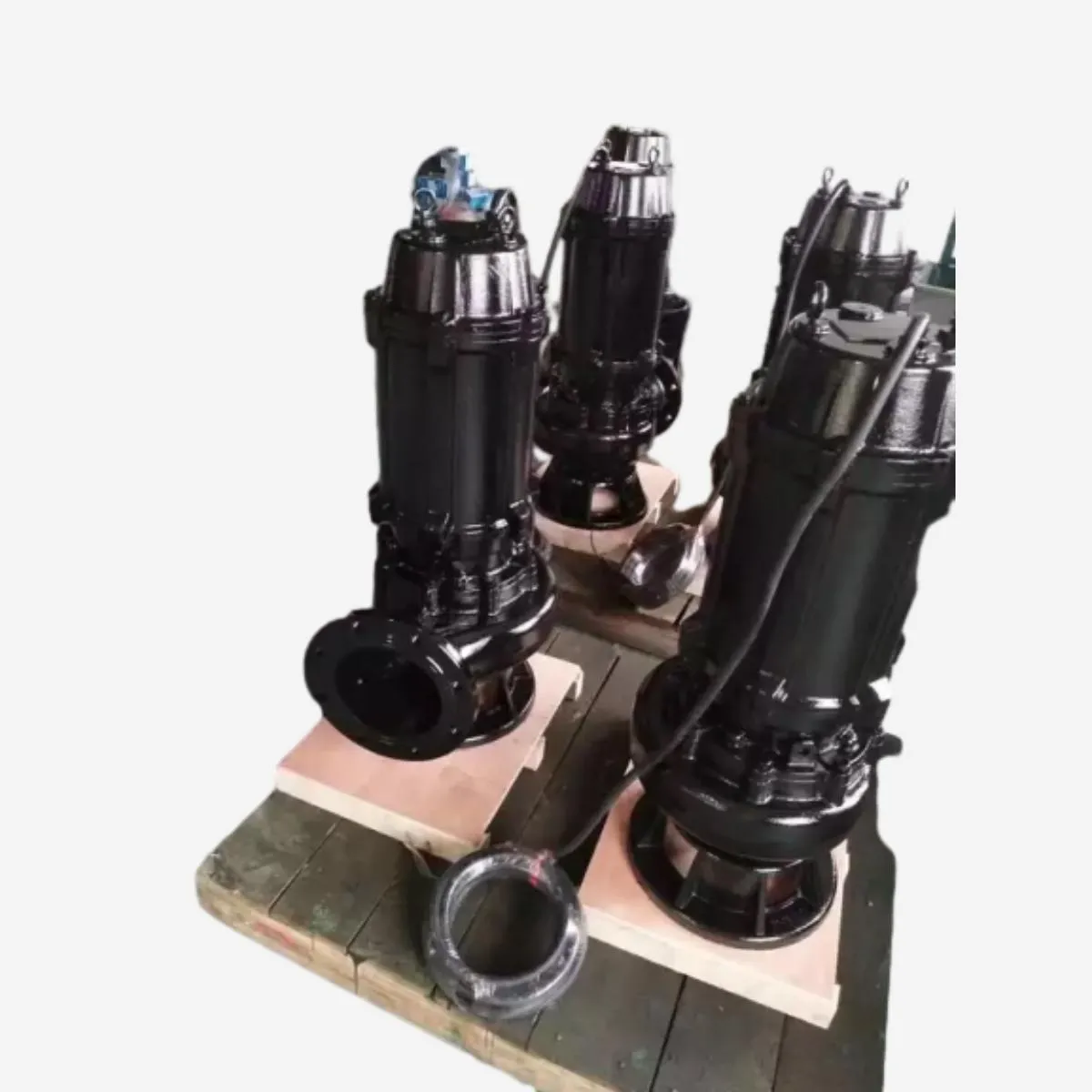English
- Afrikaans
- Albanian
- Amharic
- Arabic
- Armenian
- Azerbaijani
- Basque
- Belarusian
- Bengali
- Bosnian
- Bulgarian
- Catalan
- Cebuano
- Corsican
- Croatian
- Czech
- Danish
- Dutch
- English
- Esperanto
- Estonian
- Finnish
- French
- Frisian
- Galician
- Georgian
- German
- Greek
- Gujarati
- Haitian Creole
- hausa
- hawaiian
- Hebrew
- Hindi
- Miao
- Hungarian
- Icelandic
- igbo
- Indonesian
- irish
- Italian
- Japanese
- Javanese
- Kannada
- kazakh
- Khmer
- Rwandese
- Korean
- Kurdish
- Kyrgyz
- Lao
- Latin
- Latvian
- Lithuanian
- Luxembourgish
- Macedonian
- Malgashi
- Malay
- Malayalam
- Maltese
- Maori
- Marathi
- Mongolian
- Myanmar
- Nepali
- Norwegian
- Norwegian
- Occitan
- Pashto
- Persian
- Polish
- Portuguese
- Punjabi
- Romanian
- Russian
- Samoan
- Scottish Gaelic
- Serbian
- Sesotho
- Shona
- Sindhi
- Sinhala
- Slovak
- Slovenian
- Somali
- Spanish
- Sundanese
- Swahili
- Swedish
- Tagalog
- Tajik
- Tamil
- Tatar
- Telugu
- Thai
- Turkish
- Turkmen
- Ukrainian
- Urdu
- Uighur
- Uzbek
- Vietnamese
- Welsh
- Bantu
- Yiddish
- Yoruba
- Zulu
Telephone: +86 13120555503
Email: frank@cypump.com
Nov . 20, 2024 05:58 Back to list
submersible pump set
Understanding Submersible Pump Sets A Comprehensive Overview
Submersible pump sets are essential devices in various industries and applications, effectively handling water and other liquids in environments where traditional pumps would be less effective. These pump sets are designed to operate while submerged in the liquid they are pumping, making them ideal for applications such as groundwater extraction, construction dewatering, and wastewater management. This article delves into the functionality, advantages, and applications of submersible pump sets.
Functionality of Submersible Pump Sets
The core design of submersible pump sets involves an electric motor that is hermetically sealed within the pump, ensuring that it operates efficiently while submerged in water or other liquids. The motor drives an impeller that creates a difference in pressure, thereby enabling the liquid to be drawn in through the intake and pushed out through the discharge line. This unique design allows the pump to be placed directly in the fluid, minimizing the risk of cavitation and increasing the overall efficiency of the pumping process.
Submersible pumps can be constructed from various materials, including stainless steel, plastic, and cast iron, which provide corrosion resistance and durability. The choice of material often depends on the specific application — for instance, pumps used for sewage handling require robust construction to withstand abrasive solids found in wastewater.
Advantages of Submersible Pump Sets
1. Efficiency Submersible pumps are highly efficient as they do not require long lengths of piping to transport fluids above the surface. By operating in situ, these pumps minimize energy losses associated with lifting and transporting the fluid.
2. Reduced Noise Levels Unlike surface pumps, submersible pumps operate below water, allowing for quieter operation. This feature is particularly beneficial in urban settings or residential areas, where noise pollution can be a concern.
3. Space-Saving Design Submersible pump sets occupy less space since they are installed below the surface of the water or liquid. This compact design is advantageous in areas with limited space, such as basements or underground water tanks.
submersible pump set

4. Less Maintenance Submersible pumps are generally easier to maintain than surface pumps, as they are less susceptible to damage from dry running or cavitation. Their sealed design helps prevent moisture intrusion, reducing wear and tear on the motor.
5. Versatility These pumps can be used for various applications, including irrigation, water supply systems, and drainage in construction sites. Their ability to handle different types of fluids, including clean water, sewage, and even chemicals, makes them indispensable in multiple sectors.
Applications of Submersible Pump Sets
Submersible pump sets are utilized in numerous fields, including
- Agriculture Used for irrigation purposes, these pumps help farmers manage water resources efficiently, ensuring that crops receive adequate water supply.
- Industrial Usage Many industries employ submersible pumps for processes that require pumping of chemicals, cooling water, or slurry, particularly in manufacturing and mining operations.
- Residential use Homeowners often use submersible pumps for draining basements, swimming pools, or managing water features such as ponds and fountains.
- Municipal Applications In municipal wastewater treatment plants, submersible pumps are commonly employed to move wastewater from one stage of treatment to another, ensuring proper sewage management.
In conclusion, submersible pump sets play a vital role in modern fluid management, providing efficient and effective solutions to a wide array of pumping needs. Their design and functional advantages make them a preferred choice in many sectors. Whether for agricultural irrigation, construction dewatering, or wastewater management, submersible pumps offer reliability and performance that meets the demands of various applications. As technology advances, we can expect even more innovations within this crucial area, further enhancing the effectiveness and sustainability of submersible pump sets.
-
ISG Series Vertical Pipeline Pump - Chi Yuan Pumps Co., LTD.|High Efficiency, Energy Saving, Low Noise
NewsJul.30,2025
-
ISG Series Vertical Pipeline Pump- Chi Yuan Pumps|High Efficiency&Low Noise
NewsJul.30,2025
-
ISG Series Vertical Pipeline Pump-Chi Yuan Pumps Co., LTD.|High Efficiency&Energy Conservation
NewsJul.30,2025
-
ISG Series Vertical Pipeline Pump - Chi Yuan Pumps Co., LTD.|Advanced Hydraulic Design&Energy-Efficient Solutions
NewsJul.30,2025
-
ISG Series Vertical Pipeline Pump - Chi Yuan Pumps Co., LTD.
NewsJul.30,2025
-
ISG Series Vertical Pipeline Pump - Chi Yuan Pumps Co., LTD.|energy-efficient fluid handling&industrial durability
NewsJul.30,2025










